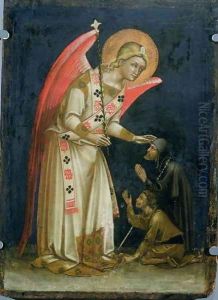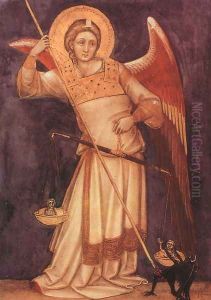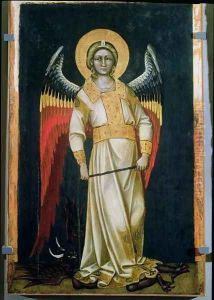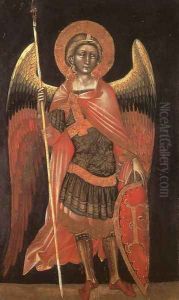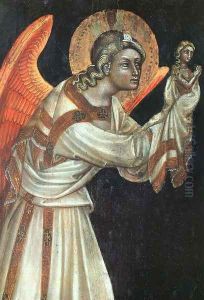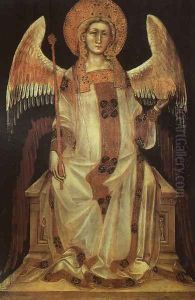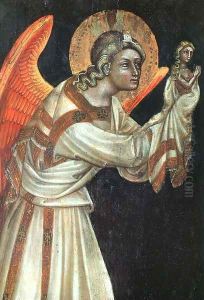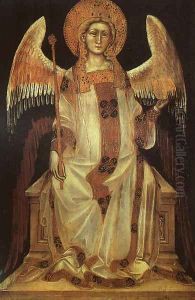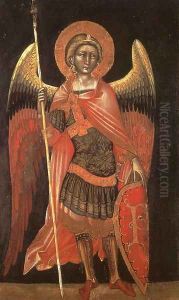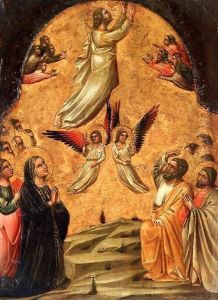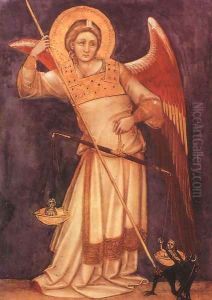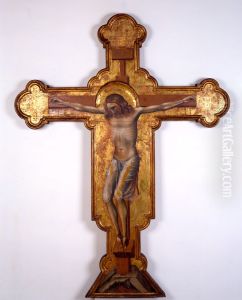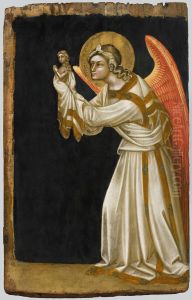Guariento di Arpo Paintings
Guariento di Arpo was an Italian painter of the Gothic period, active mainly in his native city of Padua. Although the exact dates of his birth and death are not precisely known, it is generally believed that he was born around 1310 and died around 1370. His work reflects the influence of Giotto, whose innovations in the depiction of space, volume, and human emotion marked a departure from the more stylized forms of Byzantine art that had predominated previously.
Guariento is best known for his frescoes in the Palazzo della Ragione in Padua, which were unfortunately destroyed in a fire in 1420. These works, which depicted astrological subjects and personifications of virtues, were highly regarded for their color and detail. Another significant contribution by Guariento was his work in the Chapel of the Eremitani in Padua, where he painted a series of frescoes on the life of St. Augustine, though these too have been damaged over time.
In addition to frescoes, Guariento also produced panel paintings and was among the first in Padua to use gold backgrounds, a technique that became characteristic of the Paduan school. One of his most famous remaining works is the altarpiece 'Coronation of the Virgin' in the Pinacoteca di Brera in Milan, which exemplifies his use of gold and his ability to convey spiritual themes with elegance and clarity.
Guariento's legacy is also tied to the development of the Paduan school of painting, which would later include artists such as Mantegna. His work influenced the Venetian school as well, bridging the gap between the Byzantine tradition and the Renaissance style that would soon emerge. Despite the loss of many of his works, Guariento di Arpo remains an important figure in the transition from medieval to Renaissance art in Italy.
